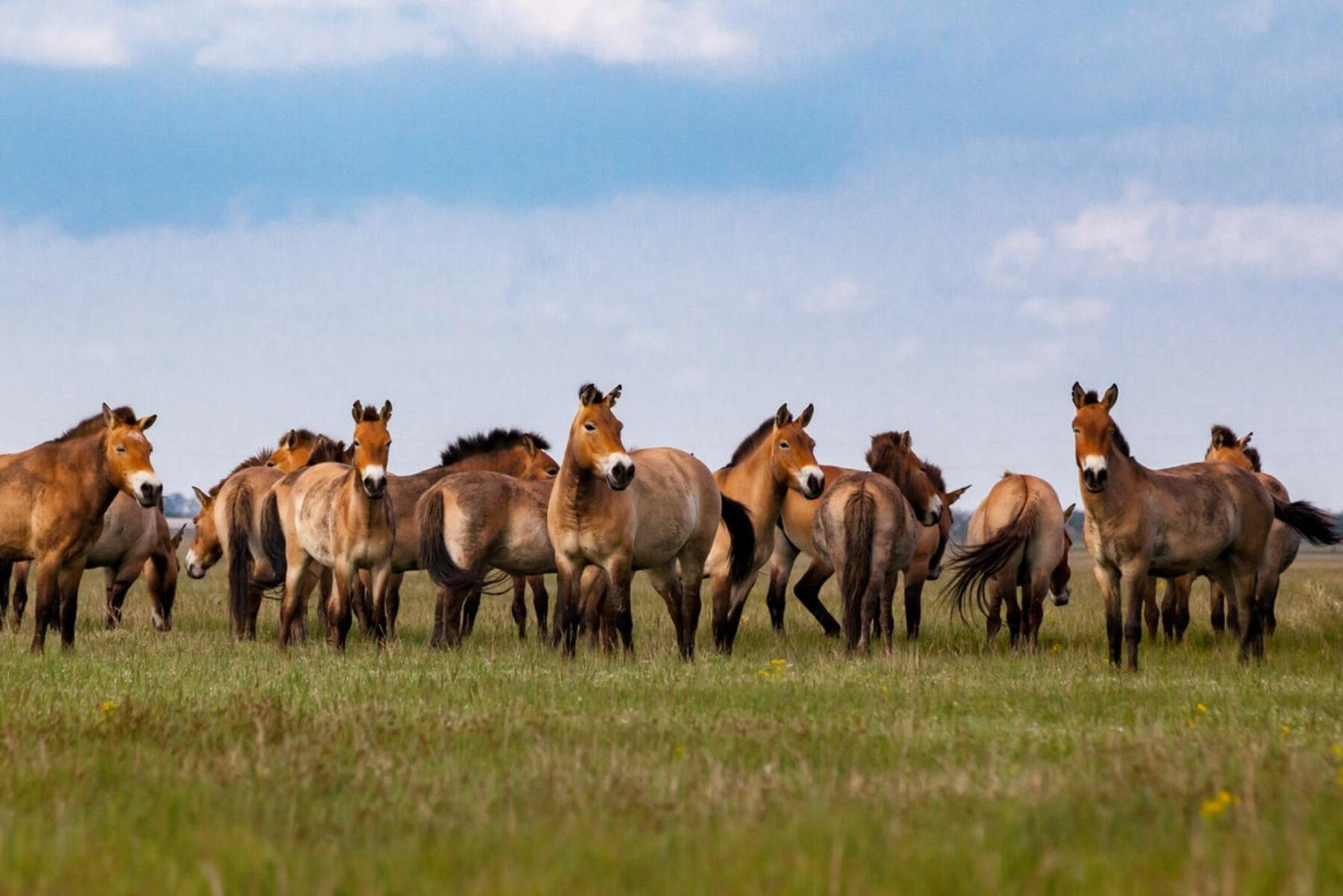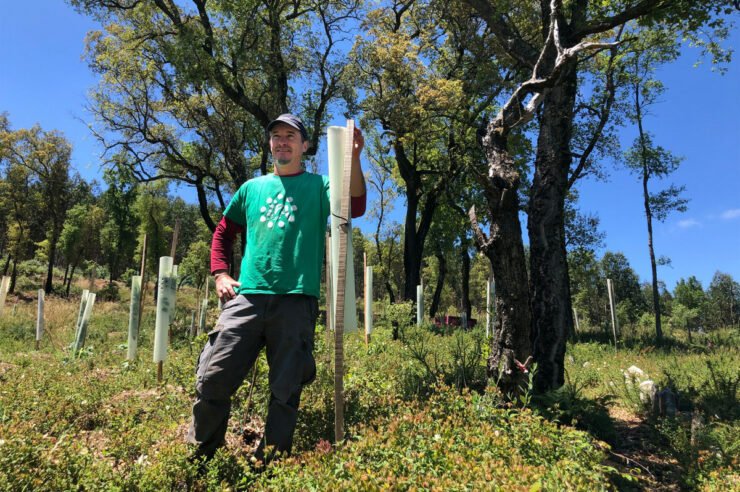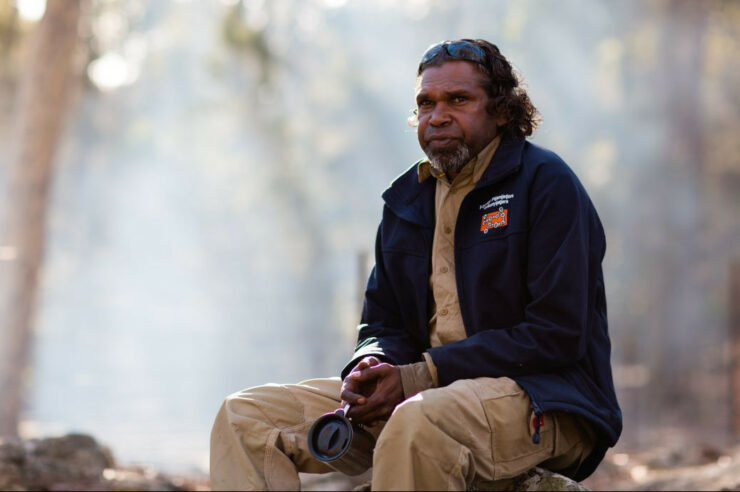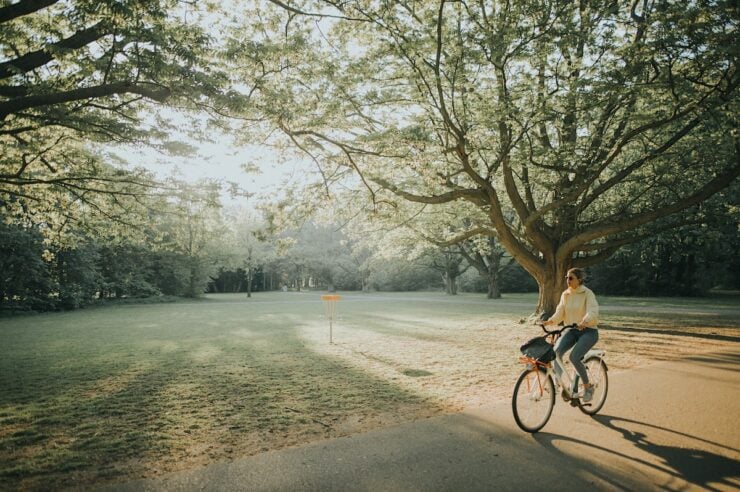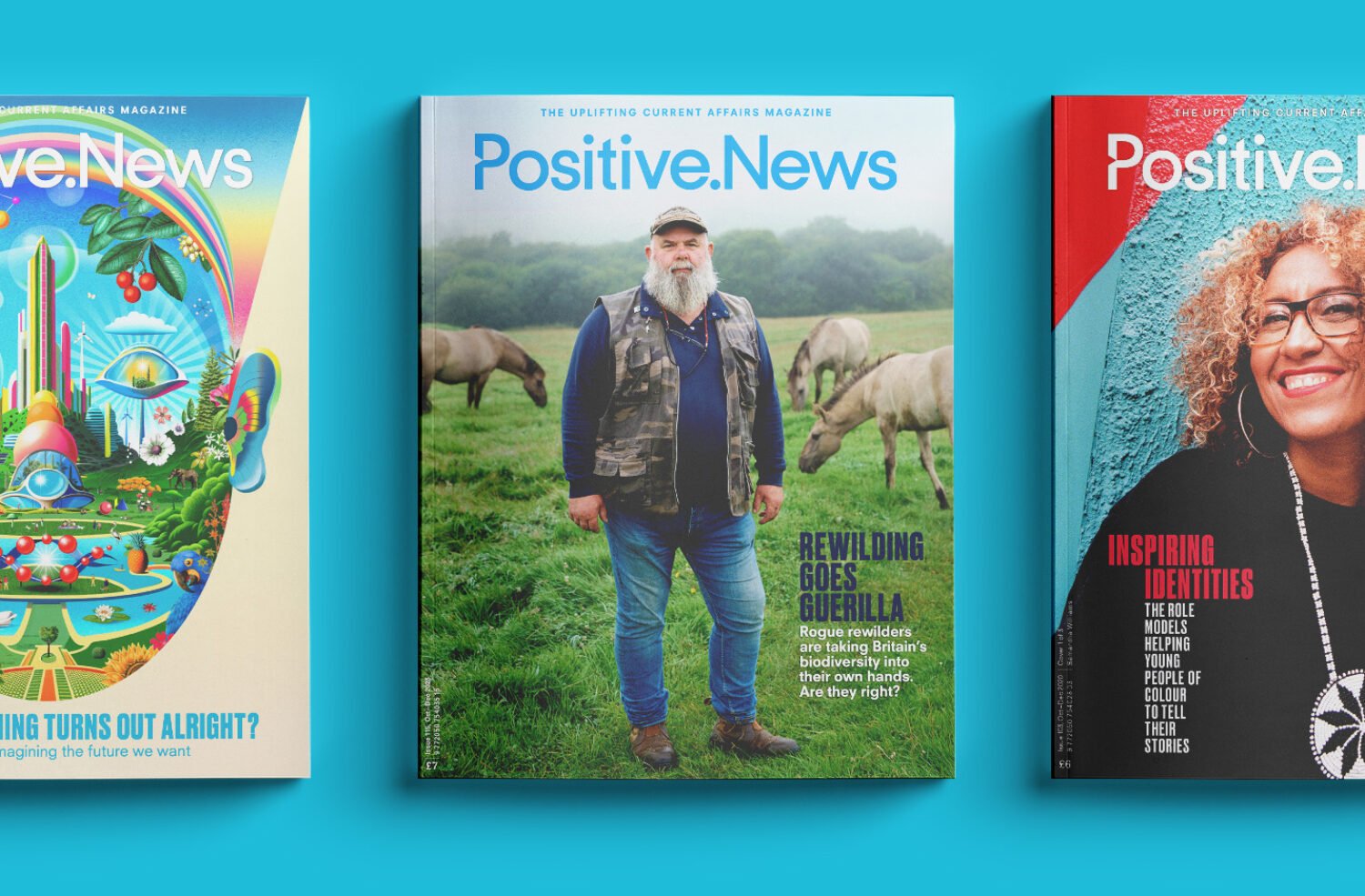Free-roaming horses are the latest line of defence against bush fires in the Iberian Highlands. The animals could bring many other benefits besides
As the summer heatwave continues to bake Europe, devastating wildfires are raging in Greece, Spain, Switzerland and elsewhere. With high temperatures set to continue, more blazes are likely.
Free-roaming horses might seem like unlikely helpers in the face of such a challenging foe, yet ecologists believe that our equine friends could play a role in mitigating wildfire risk in the future.
In May, the conservation organisation Rewilding Spain introduced a herd of 10 Przewalski’s horses to the Iberian Highlands. Ancient cave paintings in the area suggest that horses similar to Przewalski’s – an endangered sub-species of the wild horse (Equus ferus) – roamed the region some 4,000 years ago. Now they’re back.
Przewalski’s horses are the world’s last wild horses. Having gone extinct in the wild in their native Europe and Asia, they were successfully reintroduced to the steppes of Mongolia, and other sites, from European zoos. Returning them to the Iberian Highlands could be a major boon for the species.
Confined to a 17-hectare enclosure since their arrival, Spain’s reintroduced horses will soon be free to roam around more than 5,700 hectares of public forest. With a diet comprising vast quantities of grass and leaves from shrubby trees, the horses will reduce the volume of combustible vegetation in the landscape, which conservationists say will slow wildfires.
For centuries, the Iberian Highlands were grazed both by sheep and various species of horse, including the Serrano horse, which was used for threshing and other agricultural jobs, but allowed to roam freely when not working. The decline of traditional agriculture led to rural depopulation and land abandonment. The loss of grazing saw the landscape become overgrown with the kind of vegetation that contributes to more intense and faster-spreading wildfires.
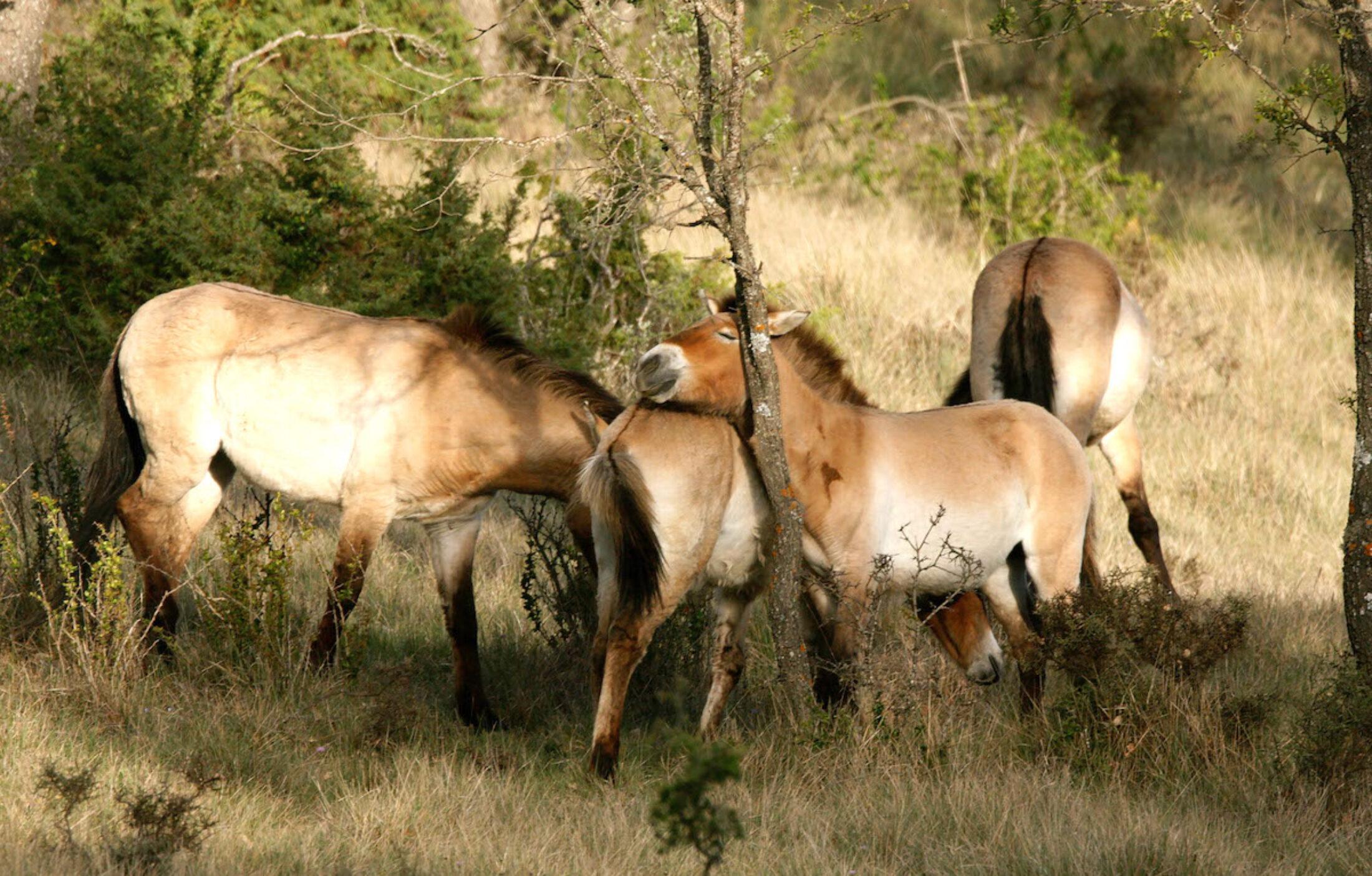
The horses get used to their new home in the Iberian Highlands. Image: Emmanuel Rondeau
While just 10 horses won’t make much of an impact on their own, Rewilding Spain plans to increase numbers in the future. “We are looking forward to seeing how the animals interact with the larger landscape,” says Rewilding Spain team leader Pablo Schapira. “Ten individuals is a good number to start a new population, especially since this is a social group.”
The horses will also enhance biodiversity. As the animals graze and browse they will create half-open, half-wooded landscapes that favour scavenging species such as vultures, and carnivores such as Iberian lynx. Their dung will also enrich the soil.
This is just the latest in a series of interventions taking place around the world to harness the positive impacts of grazing mammals on wildfire-prone landscapes. In Howth, an outer suburb of Dublin, Ireland, an endangered breed of native goats has been reintroduced in response to regular wildfires that threaten habitat and property.

It’s hoped the horses will create habitats for other species, including the Iberian lynx. Image: Staffan Widstrand
Similarly, in Santa Juana, southern Chile, a project called Buena Cabra has used goats to create firebreaks in the native forest of Bosques de Chacay since 2017. It appears to be working. In February, a forest fire that burned almost 440,000 hectares in south-central Chile didn’t reach Bosques de Chacay because, conservationists said, the brush had been kept in check by the goats.
“[Grazing herbivores] remove a lot of biomass and reduce the continuity of the vegetation layer, and that’s really significant in fire risk,” explains Christopher Johnson, professor of wildlife conservation at the University of Tasmania, Australia, and the lead author of a 2018 paper on rewilding for wildfire mitigation. “It’s a good way of localising fire and reducing its impact.”
Main image: Serhii Moiseiev
Help us break the bad news bias
Positive News is helping more people than ever to get a balanced and uplifting view of the world. While doom and gloom dominates other news outlets, our solutions journalism exists to support your wellbeing and empower you to make a difference towards a better future. And as Positive News’ audience and impact grows, we’re showing the rest of the media that good news matters.
But our reporting has a cost and, as an independent, not-for-profit media organisation, we rely on the financial backing of our readers. If you value what we do and can afford to, please consider making a one-off or regular contribution as a Positive News supporter. Give once from just £1, or join 1,000+ others who contribute an average of £3 or more per month. You’ll be directly funding the production and sharing of our stories – helping our solutions journalism to benefit many more people.
Join our community today, and together, we’ll change the news for good.
